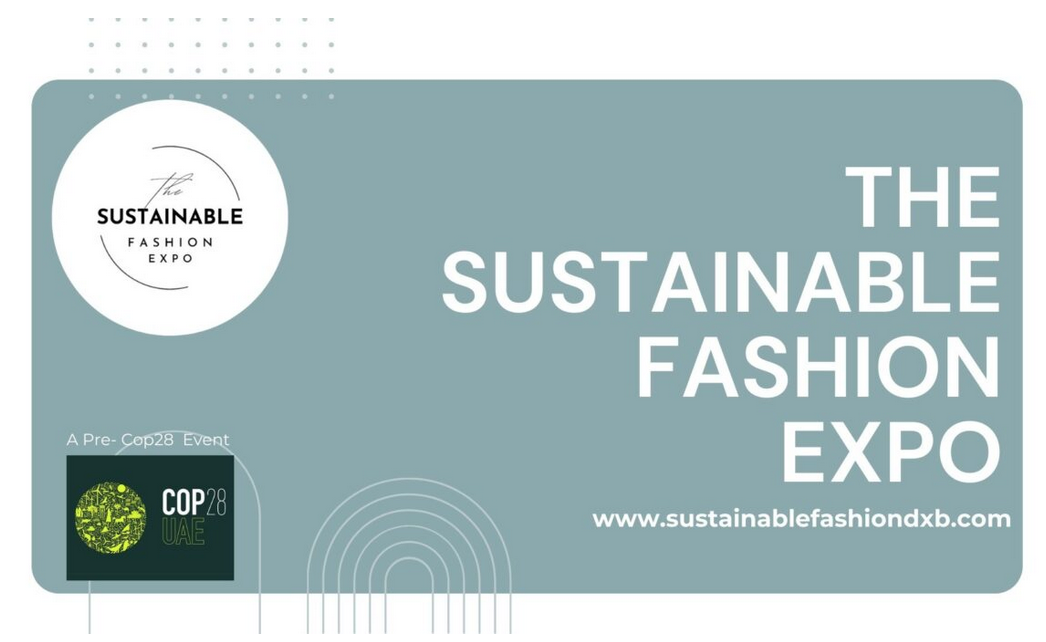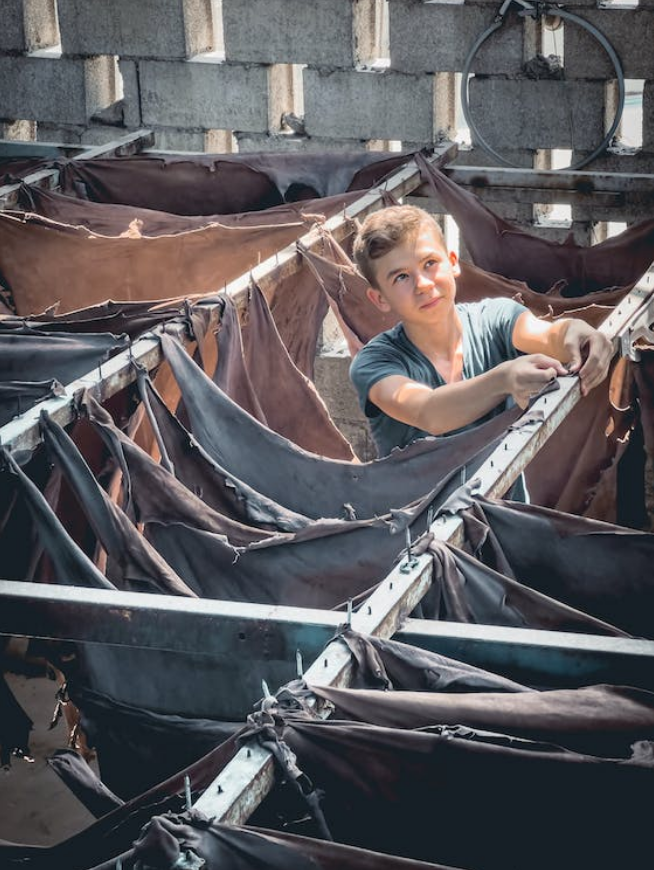EVERYTHING YOU NEED TO KNOW ABOUT COP28: UN CLIMATE CHANGE CONFERENCE & ITS IMPACT ON FASHION
By: Kritika Kukreja
The United Nations Climate Change Conference, also known as COP28, is set to kick off in two days at the Expo City, Dubai. With the core themes of reducing emissions, building climate-resilient societies, and investing in nature-positive solutions, the conference is expected to focus on accelerating a just, well-coordinated, and equitable transition to clean energy.
As the host of COP28, Dubai has a substantial influence on shaping the worldwide sustainability dialogue. Home to the largest retail shopping mall in the world, Dubai also houses a range of fashion brands from internationally renowned iconic ones to emerging, lesser-known designers. Its government is also known for implementing policies and strategies in place that encourage tourism and local and foreign spending habits.
Earlier this month, the country showcased slow and sustainable brands to support craftsmanship and mindful consumer choices in the form of a Sustainable Fashion Expo which also served “a prelude to COP28”. By organising engaging experiences including 1) a fashion show featuring latest trends that are eco-friendly, 2) insightful panel discussions with manufacturers, designers and media, and 3) competition to design the best graphic tee with sustainable messages, the expo made statements of conscious consumerism.
Credits: Dubai Fashion News
While it may be a strategic move for selecting ‘Sustainability’ as the theme for Dubai Fashion Week 2023, it is clear that it is more than orchestrating an annual event; it is about bringing fashion into the sustainability discourse. Given its extensive influence and profound effect on the environment, the fashion industry must be an integral part of this dialogue.
The textile and leather industries, two of the largest contributors to global environmental degradation, are under increasing pressure to address their impact on climate change and environmental sustainability.
Throughout the production cycle of a fabric, whether it is water-intensive cotton cultivation or energy intensive manufacturing processes, the textile industry’s impact is undeniable. With the increasing demand for fast fashion and disposable clothing, the industry’s carbon footprint continues to rise. Making the most use of the Fashion Industry Charter for Climate Action, COP28 could provide a platform to showcase innovations and sustainable manufacturing practices from the use of eco-friendly dyes and chemicals to energy-efficient machinery. The industry could further explore collaborations with innovators in recycling and reducing waste to create a more circular approach to production. Finally, the textile brands can foster more responsible consumption by providing distributors with detailed information about the environmental and societal impacts of their products, thereby encouraging transparency and accountability in supply chains.
Credits: Pexels | Mehmet Turgut Kirkgoz
As compared to textiles, leather production has far more environmental impact. As the leather industry relies on livestock farming, which contributes to deforestation, greenhouse gas emissions, and excessive water usage, it is vital to curb the emissions and societal repercussions during the phases of raw material extraction, manufacturing, and processing. There is also a growing need to keep a check on leather tanning and finishing processes that involve the use of chemicals that can pollute water bodies.
The conference presents a chance for the leather industry to explore sustainable livestock farming practices, like regenerative agriculture and responsible animal husbandry. Innovations in lab-grown and plant-based leather alternatives can also be highlighted. These alternatives could reduce the environmental impact of leather production, opening up new opportunities for the industry. Developing and adopting sustainable tanning and finishing processes can also become a significant focus.
One of the key takeaways for both the textile and leather industries is the need for collaboration and adherence to regulations. COP28 provides an opportunity for these industries to work with governments, environmental organisations, and consumers to collectively address climate change and promote sustainable practices. Moreover, the platform could lead to more stringent regulations and standards such as carbon emissions targets, water usage restrictions, and limitations on the use of harmful chemicals.
In the pursuit of a more sustainable future, it becomes increasingly important to initiate a comprehensive transformation across the industries. Simultaneously, promoting the concept of slow fashion or in other words, using products with longevity in mind, is instrumental. By redefining their relationship with clothing and accessories, customers can recognize the enduring value of reusability. It is about making thoughtful selections that remain stylish and functional, season and season.
Credits: Pexels | Julia Kuzenkon
In conclusion, COP28 is a critical moment for the textile and leather industries to assess their environmental impact and commit to sustainable practices. Industry players must prepare for the potential changes and be proactive in embracing opportunities presented at the conference. At the same time, the key driver of transformation within the fashion industry is the consumer demand. While the fashion industry holds significant sway, it is the consumers that have the final word. It isn’t solely about crafting attractive garments, it is about shaping a promising future, and this journey commences with the choices that are made.



